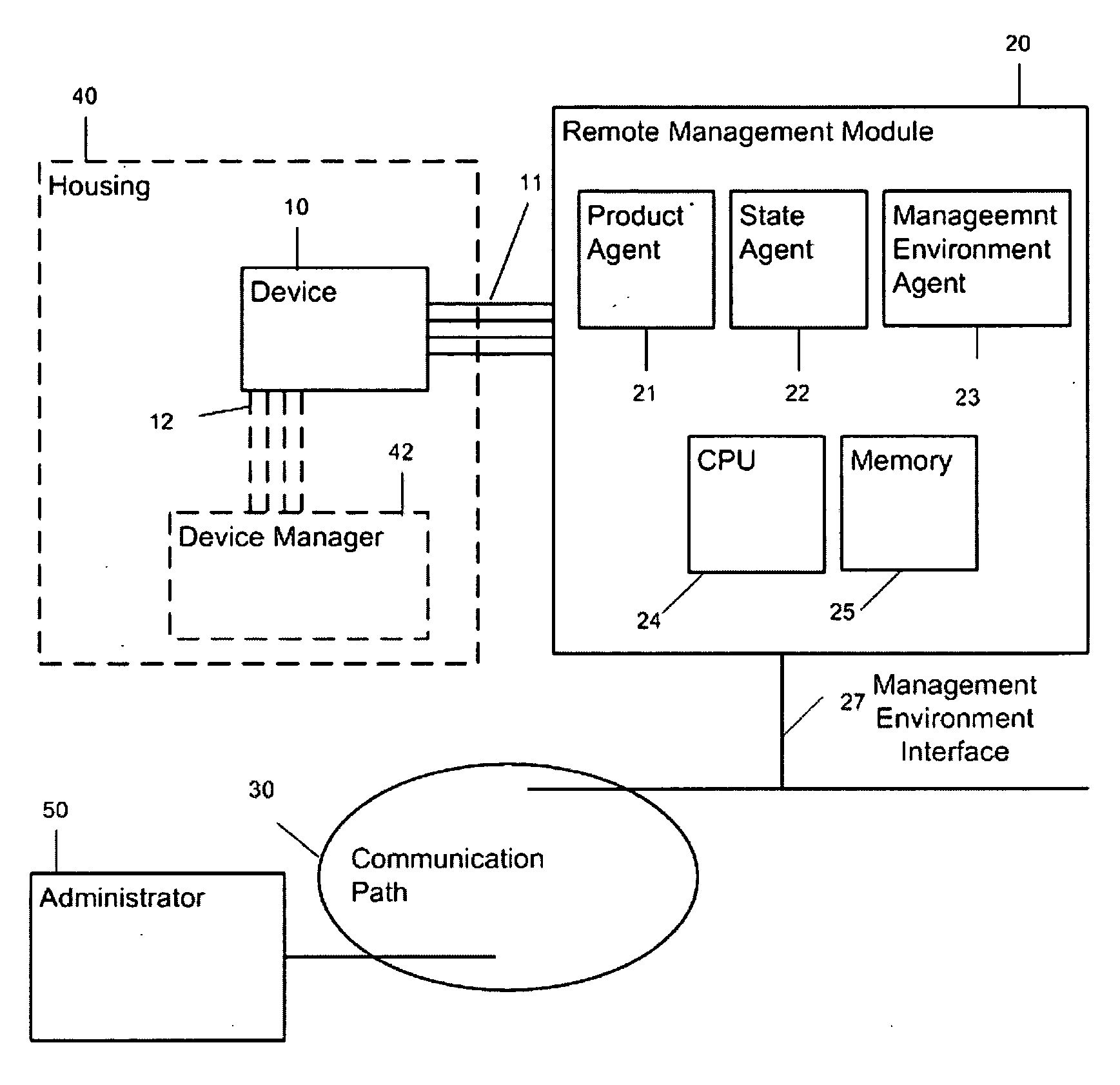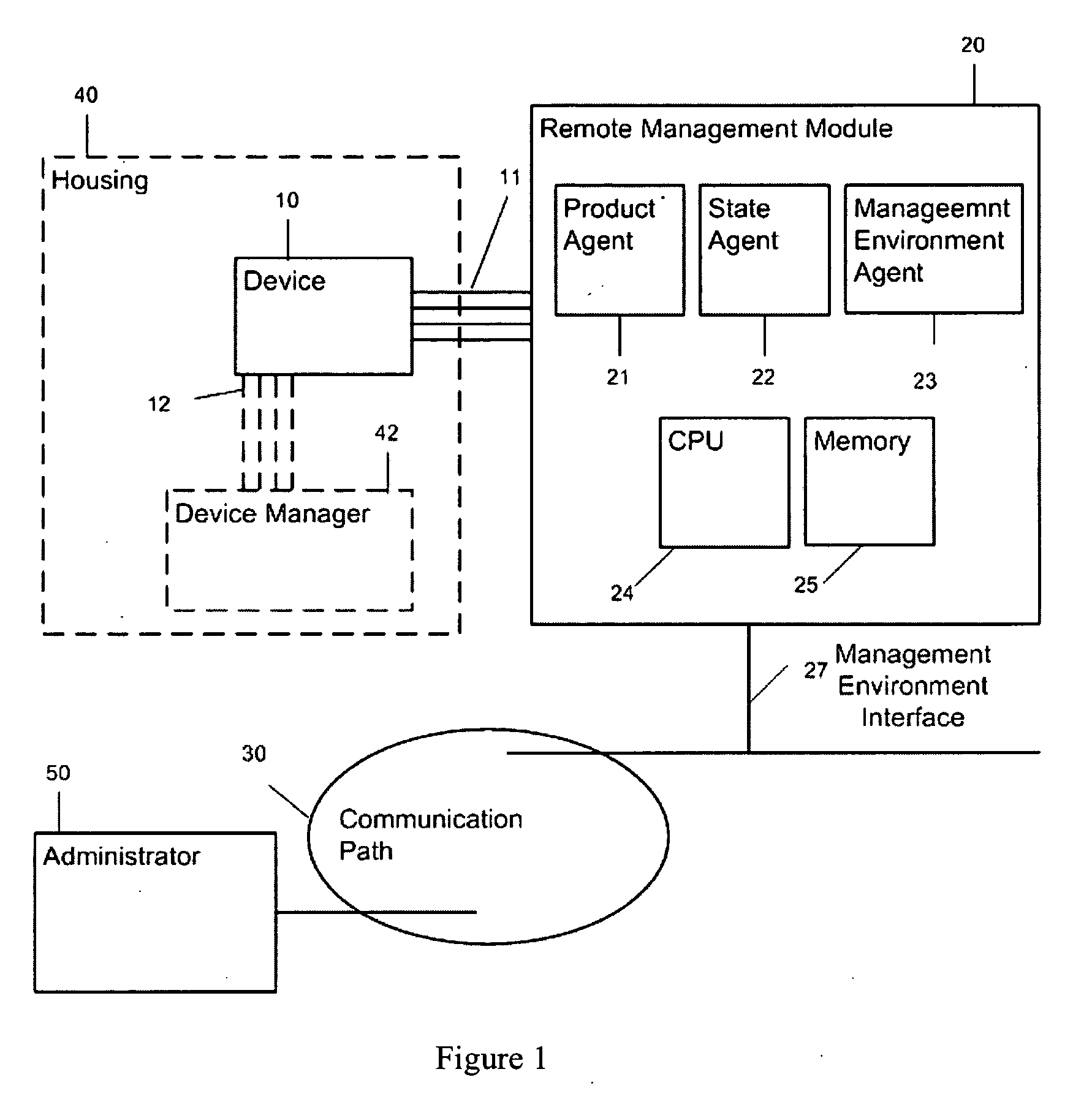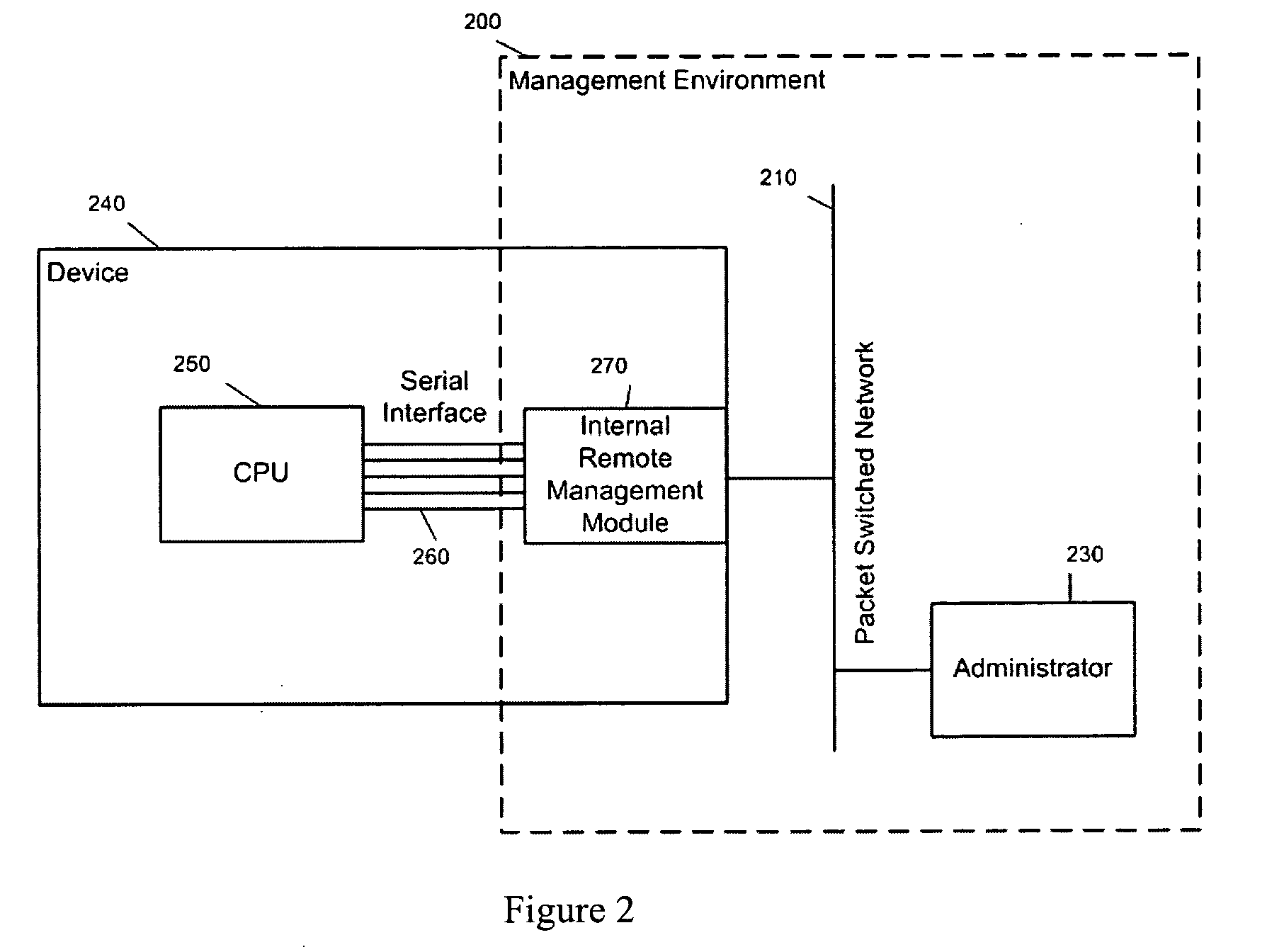Such growth is expected to continue far into the future, causing enormous problems of integration for consumers, companies, and governments.
One significant problem is the inclusion of many legacy devices that were never intended to be connected to a network.
But light bulbs and electrical systems that operate light bulbs are generally not designed to be networked.
Another problem is the ever-growing number of network enabled devices that have inadequate
monitoring and control capabilities.
These problems are pervasive, involving all manner of equipment from FAX machines, printers, copiers and other office equipment, to specialized devices found in manufacturing plants, to home appliances, and even hand-held
electronics such as cameras and audio / video players.
This problem is particularly acute for IT administrators, who often find themselves spending a great deal of money and time bridging heterogeneous management systems.
Most of these devices do not contain state information and are even more difficult to manage.
Unfortunately, all these methods have limitations.
In addition, these “standards” have created a
chaotic environment where all the “standards” conflict, require different applications, or generally don't communicate with each other efficiently.
Another consequence of all these standards is that device developers have difficulty knowing which method will be employed by their end customer but would like to offer their customers flexibility in selecting their preferred
management environment.
Protocols including SNMP offer methods of transporting device information, but do not offer a method of actually performing management actions.
In addition,
data transport mechanisms including WMX or DCML define how a remote administrator makes requests of a device, but again don't offer real
autonomous management ability.
For instance, IPMI uses SNMP for sending alerts, but SNMP does not provide actual management capabilities.
Unfortunately, manageable devices that use IPMI or other management methods must have the method built into the devices a priori, or at least the devices must have an
upgrade path to provide management capabilities.
This requires the device developer to spend time and money to incorporate the necessary management capabilities or plan for them ahead of time.
Adding management solutions including IPMI at design time to a device is an expensive undertaking because of the
learning curve involved, the added expense to the BOM to support an IPMI subsystem, royalties on
firmware, and the time to integrate, and
then test.
In addition, most devices have static operating systems that can not be upgraded in a modular fashion.
Clearly, IPMI does not provide a quick method for incorporating management functionality into a
general purpose device.
IPMI offers a
solid management solution for specific kinds of devices including
server,
chassis, or blades, but has limited capabilities.
IPMI sub-systems are often integrated into the
physical design of a
server's mother board making it difficult to add advanced management functionality to the device.
Unfortunately, most existing low-end products do not have such an expensive interface.
IPMI does offer the administrator the ability to set minimal criteria for monitoring, inventory,
logging,
recovery, alerting, and some security, but does not allow the administrator to adjust the management module to understand a generic device's natural communication method, to generate device state based on the device information context, or to make autonomous decisions based on the administrator's desired rules.
In both these cases, while they have provided remote
connectivity to devices, they do not provide a method for actually managing the devices or a method for determining device state.
Finally, network devices coupled with evolving standards, and the high cost of adding management capabilities, have created several problems that need to be addressed as the number of networked devices increases: Administrators need a method to access device state in order to reduce cost of maintenance; Administrators need a module to attach to devices to bring them into a homogenous
management environment to reduce costs associated with many different management environments; Administrators need a method that allows them to set rules for managing a device for more efficient operation; and Developers need an apparatus to quickly and cost effectively add management functionality to a
product design to improve
time to market.
Heterogeneous network devices, coupled with evolving standards and the high cost to add management capabilities, have created several problems that need to be addressed as the number of networked devices increases.
 Login to View More
Login to View More  Login to View More
Login to View More 


